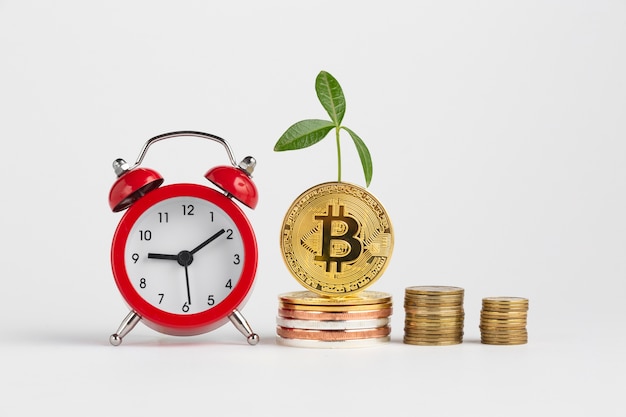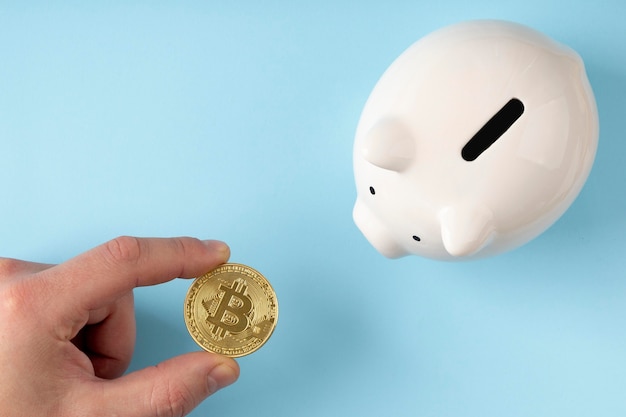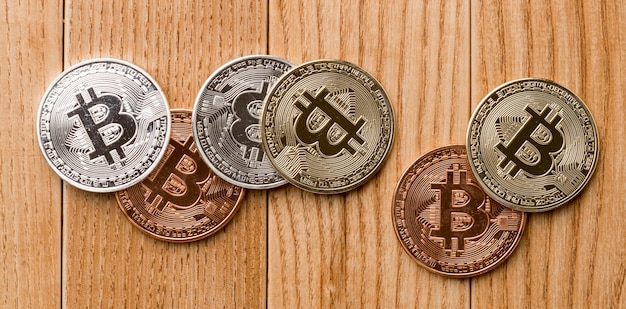
OpenSea is a free platform: It’s an NFT marketplace built initially as a marketplace for CryptoKitties. But now is a market built on Ethereum.
OpenSea: The Best NFT Marketplace
Here are some tips you need to know about OpenSea. The best NFT marketplace.
1. What is OpenSea? – Explanation
OpenSea is an NFT marketplace built for Ethereum. Founded in 2017, it works as a platform for listing and trading non-fungible tokens (NFT) created on the blockchain.

OpenSea is also one of the best NFT apps available in 2022.
The company adopted the name “OpenSea” and began designing an Ethereum NFT marketplace that would support many different types of blockchain games and applications.
OpenSea will allow developers to create new types of games and applications without having to learn specialized programming languages.
This is important because it gives developers the ability to work on new markets without having to learn new tech first.
2. OpenSea and NFT
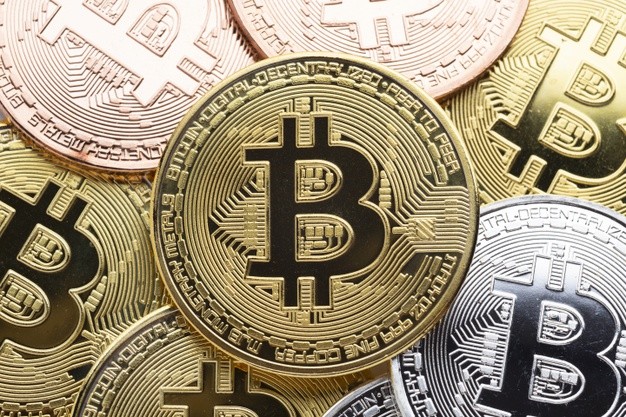
OpenSea is an NFT marketplace built as a platform for listing and selling non-fungible tokens (NFTs).
Now has become one of the most popular NFT marketplaces in the world.
It’s built on Ethereum. So you need an Ethereum wallet to use OpenSea.
OpenSea has many features that NFT traders love.
3. NFT Minting
In addition to buying and selling existing NFTs, developers can also mint new ones (you’ll need to access the OpenSea API). You can do this after creating an account with the platform.

This requires the creation of a new wallet on the platform.
It will give the developer control over what types of assets can be minted by anyone on OpenSea in the future.
OpenSea also supports a built-in feature for creating custom asset names. If you want to create a new type of NFT that’s not yet supported by the platform, you can do so easily.
4. OpenSea and User Experience

OpenSea also has a buyer and user-friendly interface. The site is easy to navigate and use, with a slick interface that’s sure to be appreciated by NFT traders of all skill levels.
Owners and creators can easily create custom assets by uploading various types of digital assets.
This is a feature that’s supported on both the web-based and mobile versions of the site.
You can download the mobile app to keep track of your NFTs in seconds!
It’s an experience like no other marketplaces on the blockchain.

There’s no other decentralized marketplace that provides a better user experience for gamers, collectors, artists, and developers alike.
Last Tip
If you’re a creative person that loves making art or simply enjoys looking at it, you’ll need to check out OpenSea.
It’s a great place to scout if you’re always looking for new NFTs to trade, collect, or sell in the future!

OpenSea is the perfect place for NFT enthusiasts. You can sell NFTs for profit if you’re a gamer, artist, or creative person.
There’s an endless variety of product categories to choose from when you create new NFTs.

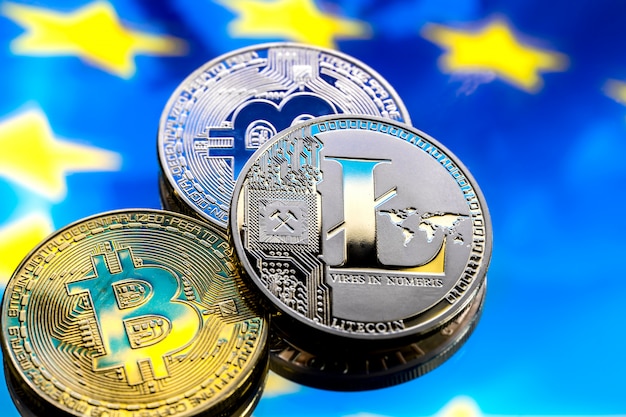






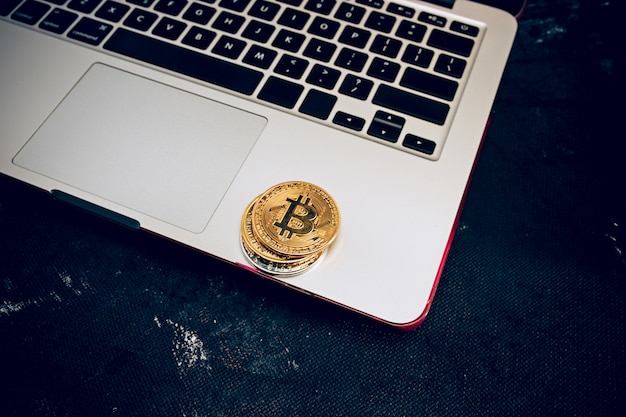

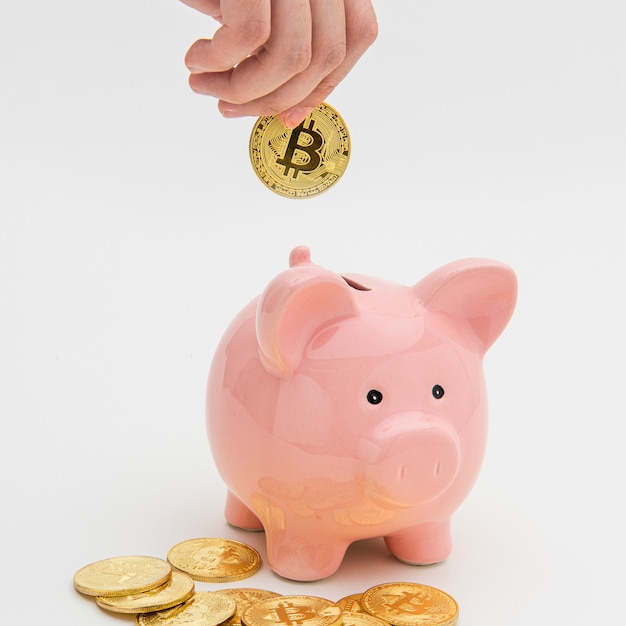
![Bitcoin: Stats and Facts - Is Bitcoin The New Gold? [Infographic]](https://infographicjournal.com/wp-content/uploads/2021/03/ExpensivityCrypto.jpg)


